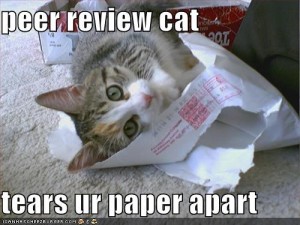This is the post for the Friday, February 20, 2015 class meeting.
Today,  we will review how to submit your web portals using Scholar and how to write the reflection memo. You will have time to work on your project during the rest of the class. Remember that you have a one-week grace period for turning in your project if you need it.
we will review how to submit your web portals using Scholar and how to write the reflection memo. You will have time to work on your project during the rest of the class. Remember that you have a one-week grace period for turning in your project if you need it.
You can use the class session to check the assessment criteria for the project, make any last-minute updates to your site, and write your project reflection.
Project Reflection
Your project reflection is a a short (about 1 page) memo that tells me the URL to your website and then explains the decisions you made as you created your website. I will read your reflection before I look at your website.
Follow these instructions to submit your work:
- Go to the Assignments tab on the left menu in Scholar.
- Choose “P2: Web Portal.”
- Scroll down to the text box below the headings Submission and Assignment Text. You will write your reflection memo in this box. (Alternately, you can write in a word processor and copy/paste your text into this box.)
- Add your memo headers (To, From, Subject, and Date). For your reflection memo, you’ll use the following:
- Address your memo to me (Traci) and from you (use your name).
- Add a subject line that indicates this is your reflection memo and which project it is for.
- Add the current date.
- Insert a horizontal divider line using the button indicated with the red arrow in the image below:
- Introduce your project and tell me the following information:
- What is the link to your site?
- What are your overall goals? What grade have you aimed for?
- How have you used the modes of communication? Tell me how many modes you used and where you used them.
- Tell me anything else you want me to know about your site, including information about the content, the layout and design, and any images or other media you included.
- Add a concluding section that sums everything up.
- Review the information in your memo.
- Agree to the Honor Code by clicking the checkbox at the bottom of the page in Scholar. You cannot finish submitting the project without clicking that checkbox (and it’s easy to miss).
- Submit your Project, and save a copy of the confirmation and submission ID. If something goes wrong in Scholar, you can contact 4HELP with that information.
- Celebrate! You’ve finished the second project!
Today’s Blog Post
You do not need to write an additional post for today. If you like, you can post your reflection memo for today however.
By today, you should have a minimum of seven blog posts (for 2/4, 2/6, 2/9, 2/11, 2/13, 2/16, and 2/18).
Homework
- For Monday, 2/23:
- We will go over the assignment for Project 3: Interrogate the Interface. Review the information in Chapter 1 of Writer/Designer on Understanding Media and Affordances (starting on page 14). You will need to understand the concept of affordances to complete your second project.
- For Wednesday, 2/25:
- Read Chapter 2 of Writer/Designer. We will analyze a text in class using the information from Chapters 1 and 2.







